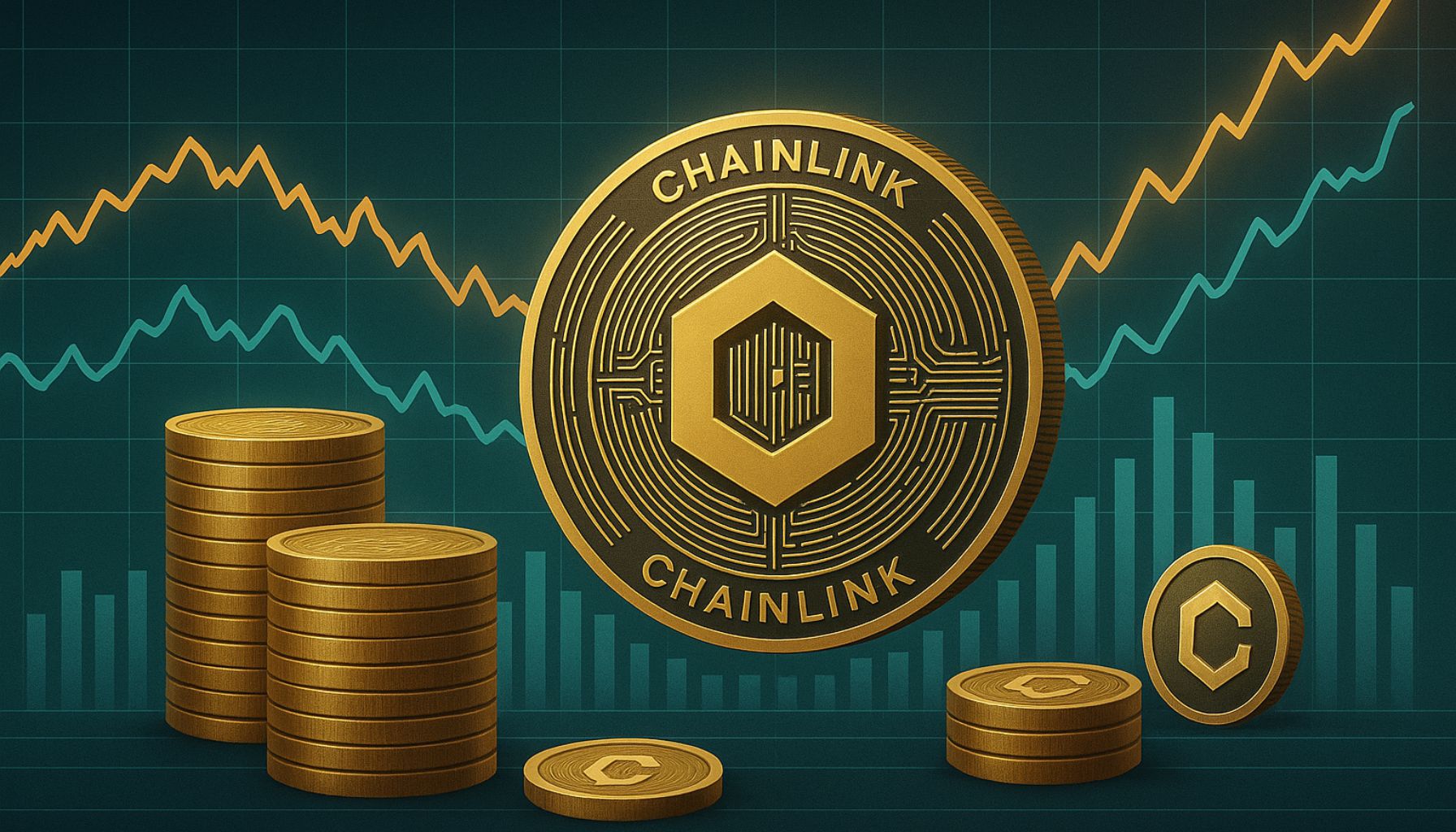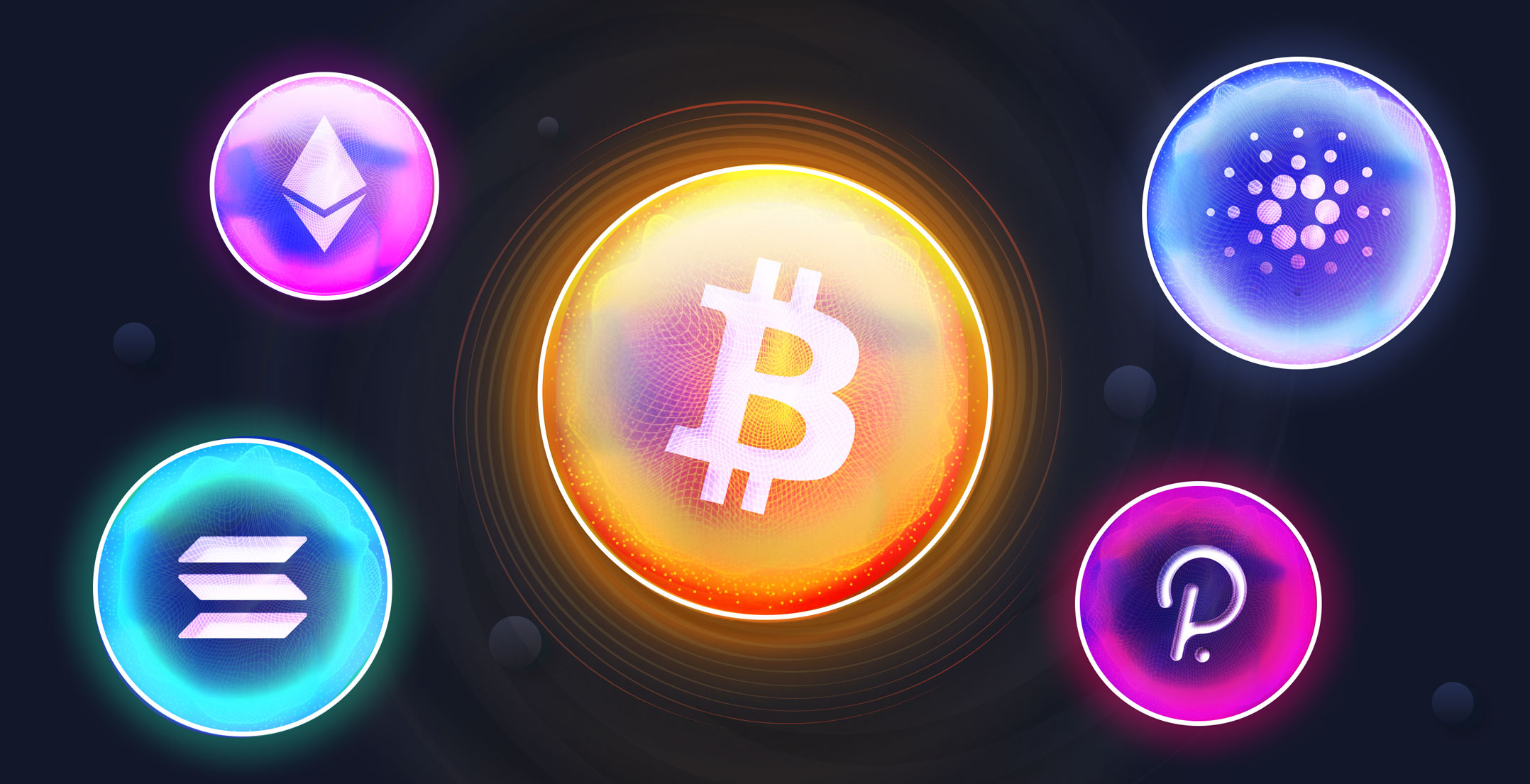How to Browse the Dark Web If You're Shady (or Just Curious)
For all the mystery surrounding the “dark web,” it’s actually pretty easy to access if you have the right software, and we can show you how. But before we get to the walkthrough, a word of warning to curious...


Photo: Dmytro Tyshchenko (Shutterstock)
For all the mystery surrounding the “dark web,” it’s actually pretty easy to access if you have the right software, and we can show you how. But before we get to the walkthrough, a word of warning to curious minds looking into the dark web for the first time: The place can be dangerous.
Unlike the normal internet you use every day, the dark web (not to be confused with the “deep web”) is entirely unregulated, teeming with illegal activity, and illicit—and potentially disturbing—content. And it can also open you up to scrutiny by law enforcement, even if you aren’t doing anything illegal—while accessing the dark web is technically above the law in most countries, the U.S. government sometimes treats the simple use of browsers that access the dark web as grounds for search and seizure of personal property. It’s also much easier to spread malware that can hijack your device, collect your personal data, or help someone steal your identity. Do not go into this lightly.
That said, there’s more to this lawless digital frontier than its reputation as a hive of grotesque content and organized crime. For many, the dark web’s main draw is anonymity; all users on the dark web are fully anonymous and can communicate and share files without risk of a leaked IP address or location data compromising their identity. Of course, that anonymity makes it harder to spot scams and confirm important information, and enables all manner of criminal activity, so it cuts both ways.
The dark web’s inherent anonymity is helpful for political activists, journalists, and anyone living in regions that heavily restrict and monitor internet access. You can even organize decentralized communication networks to share benign memes if you want—though it’s probably easier to just use WhatsApp or Discord.
How to access the dark web
To access the dark web, all you need is the TOR browser, aka “The Onion Router.” While TOR can browse mainstream websites the same as Chrome or Firefox, TOR is the only web browser that connects to dark web domains. These websites end with .onion rather than .com or .org. TOR is also engineered with layers (get the pun?) of privacy that keep you more anonymous, kind of like a VPN does for normal web traffic. Just remember that privacy in this case does not necessarily mean security. The browser won’t stop dangerous files and malicious code from infecting your device if you click the wrong link.
With TOR installed, all you need to do is fire up the browser then head to a dark web domain. Since these aren’t indexed on search engines like Google or Bing, you’ll need to dig around subreddits like r/Tor or r/onions to find them. These resources are also packed with important tips to help you stay safe while navigating those dark waters.

 Lynk
Lynk 
































